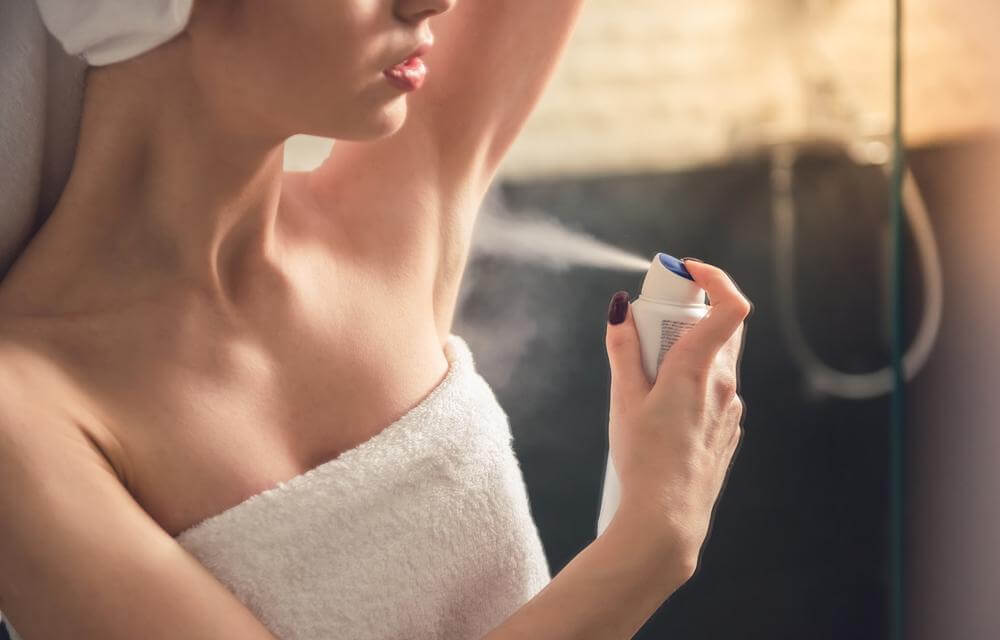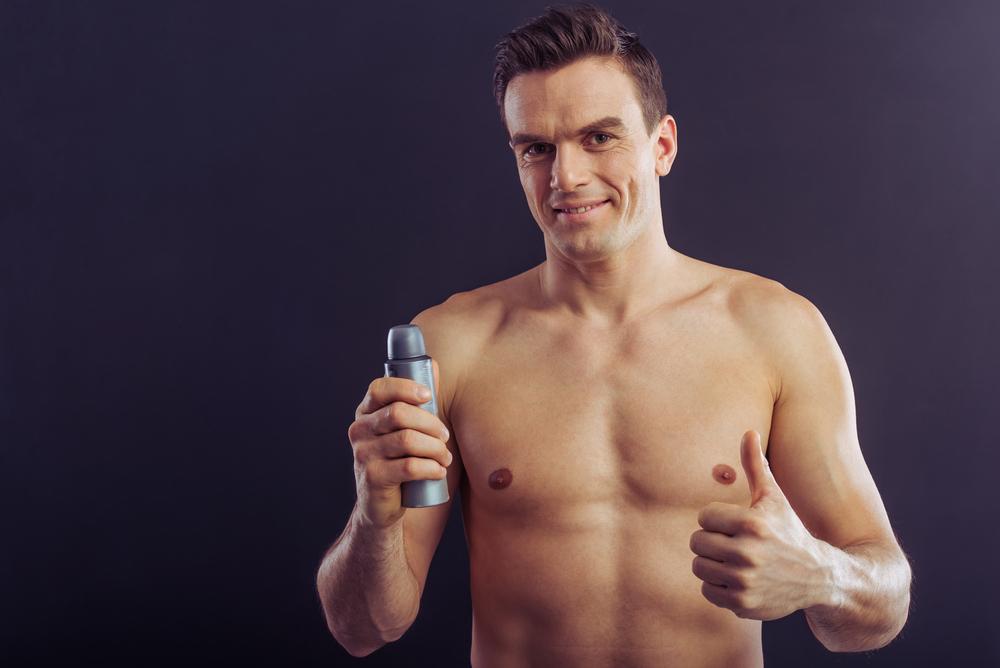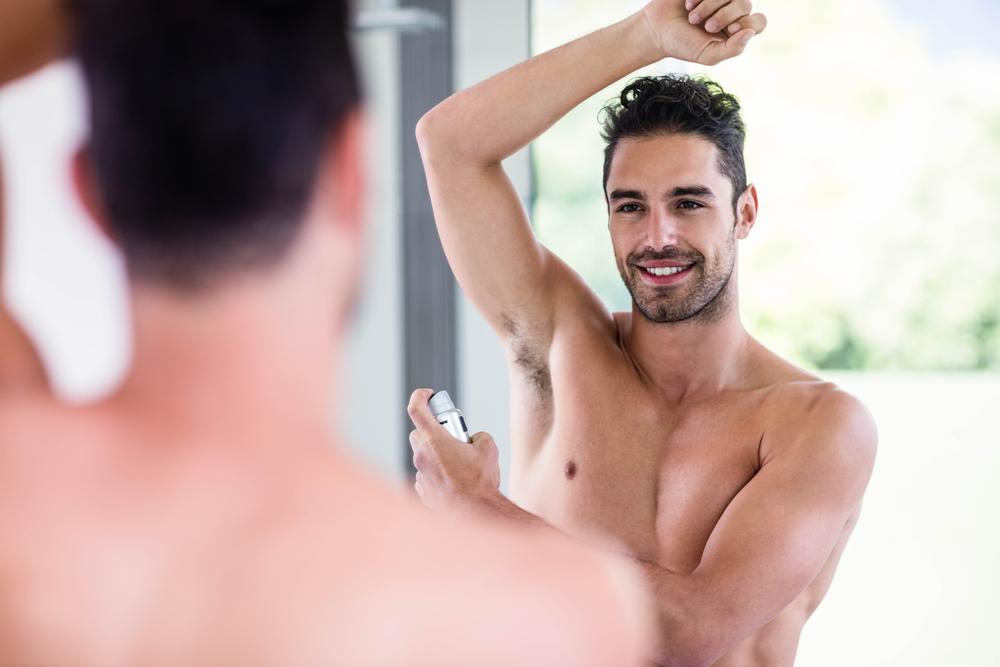Comprehensive Guide to Selecting the Best Antiperspirant and Deodorant for Effective Body Odor Management
Discover expert tips on selecting the best antiperspirant and deodorant to combat body odor effectively. This guide explains differences, key ingredients, application tips, and top product recommendations to help you stay fresh, confident, and comfortable all day long. Perfect for those seeking optimal odor and sweat control solutions tailored to their skin needs.

Comprehensive Guide to Selecting the Best Antiperspirant and Deodorant for Effective Body Odor Management
Expert Tips for Choosing the Right Body Odor Control Products
Maintaining freshness and confidence throughout the day often hinges on choosing the right antiperspirant or deodorant. While many people use these products interchangeably, understanding their differences is key to making an informed decision that suits your skin type, lifestyle, and odor control needs. This comprehensive guide provides detailed insights into the various options available, their mechanisms, ingredients, and tips on selecting the most effective products for body odor management.
Understanding How Antiperspirants Work
Antiperspirants are designed to temporarily block sweat glands, leading to a reduction in perspiration. By controlling sweat, they help in minimizing the dampness and visible sweat marks on clothing, which can be a source of embarrassment for many individuals.
Most antiperspirants contain aluminum-based compounds, such as aluminum chlorohydrate or zirconium-based agents, which temporarily seal the sweat ducts, effectively reducing sweat output. These compounds form a gel-like substance that resides on or near the sweat glands, preventing sweat from reaching the skin surface.
Some formulations, especially sprays, contain aluminum chlorohydrate, known for rapid action, whereas sticks often employ zirconium compounds for longer-lasting effects. However, users should be aware that certain antiperspirants can cause yellow staining on clothing when they come into contact with moisture and sweat.
Additionally, some antiperspirants create a gel or paste that adheres tightly around sweat glands, offering temporary relief from excessive sweating.
Differences Between Antiperspirants and Deodorants
While both products aim to combat body odor, their mechanisms differ. Antiperspirants reduce sweating by blocking sweat glands, whereas deodorants mainly mask or eliminate odor-causing bacteria without affecting perspiration.
Most effective antiperspirants are formulated with fragrances that provide a sense of freshness alongside sweat control, giving users a dual benefit.
Deodorants generally contain antimicrobial agents that target bacteria responsible for odor. By reducing bacterial growth, they help maintain a fresh scent for a longer duration.
Key Ingredients in Top Antiperspirants and Deodorants
Aluminum salts: These are the primary active ingredients that inhibit sweat production. Aluminum chlorohydrate and zirconium compounds are common choices, forming a temporary plug over sweat ducts.
Antimicrobial agents: Ingredients such as triclosan or other antimicrobial compounds suppress bacteria's growth on the skin, reducing odor.
Fragrances and skin conditioners: Fragrances provide an initial freshness, while emollients like aloe vera and glycerin soothe and moisturize the skin, reducing irritation.
Carrier substances: Liquids, gels, or waxy bases facilitate product application, whether through sprays, roll-ons, or sticks.
Alcohol: Present in gels and roll-on formulations, alcohol evaporates rapidly, creating a cooling sensation and aiding quick drying.
Popular Antiperspirant and Deodorant Selection
Application types: Aerosols, sticks, gels, and creams are widely available, offering diverse options tailored for quick drying, ease of use, and long-lasting effects.
Preference for heavy sweaters: Individuals with excessive sweating often favor stick formulations for thicker coverage and maximum effectiveness.
Health considerations: Current research indicates no definitive link between antiperspirant use and skin damage. However, users with sensitive skin or certain skin conditions should consult dermatologists before regular application.
Care Tips for Sensitive Skin Users
People with sensitive or reactive skin may experience irritation, redness, or rashes, especially from products containing fragrances, alcohol, or aluminum compounds.
Select fragrance-free, hypoallergenic formulations to reduce the risk of adverse reactions and promote comfort during use.
Top Recommended Antiperspirant Deodorants in the Market
Old Spice Antiperspirant
Gillette Clinical Endurance
Recipe for Men Antiperspirant
Sweat Block
Dove Men + Care Dry Antiperspirant Spray
Certain Dri
Choosing the right antiperspirant or deodorant depends on individual preferences, skin sensitivities, and specific odor control needs. By understanding the function, ingredients, and application types of these products, consumers can find options that keep them feeling fresh and confident throughout busy days or special occasions. Always consider patches or testing products on small skin areas if you have sensitive skin, and consult healthcare professionals if uncertain about product compatibility or if you experience skin reactions.





